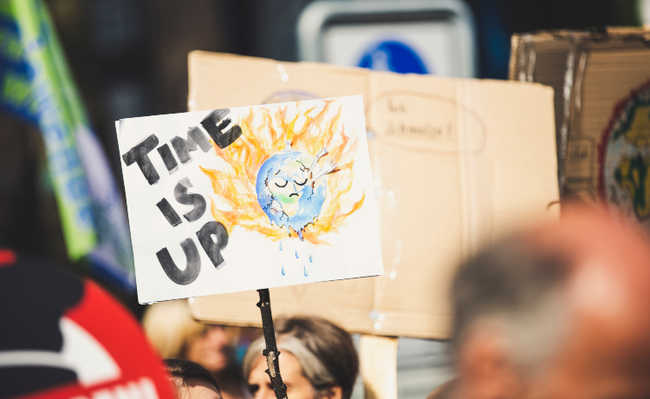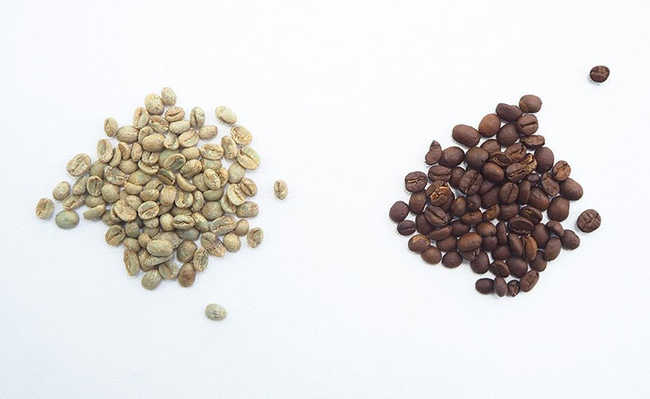How to dispose of ceramics
Before disposing of your ceramic object, make sure that it cannot be reused for another purpose.

Edited and resized image from Skyla Design is available on Unsplash
Disposal of ceramics takes place mainly after the object has been broken. However, before doing so, it is possible to reuse the ceramic, even if it is broken. Understand:
what is ceramics
Ceramics, a word from the ancient Greek language κέραμος, means burnt clay. Ceramic materials are made using clay as a raw material and comprise a category of very elegant materials. Ceramics are usually composed of metal oxide, boride, carbide, nitride or a mixture that can include anions. In addition to being present in the composition of containers, she also makes pans, porcelain dishes and construction materials such as tiles and bricks, among others.
- What is the best pot for cooking?
Ceramic recycling
Ceramic recycling is possible; however, their recyclability is not always a guarantee. Ceramic recycling depends on the abundance of raw materials (usually traded by weight), market demand and legal support.
Ceramic materials have difficult recyclability, diversity of compositions, bad market, undervalued scrap and unfeasible energy reuse. However, most ceramic materials are durable, meaning they can be reused.
Environmental impacts of ceramics
The main environmental impacts generated in the production of ceramics include occupational diseases (silicosis); accidents (cuts); extraction of natural resources used as raw material and in obtaining energy for manufacturing; in addition to an increase in the greenhouse effect (5% of the world's CO2 comes from the cement industry). All of this makes it important to prioritize the reuse and recycling of ceramics over their disposal.- Cement: know origin, importance, risks and alternatives
- What is the greenhouse effect?
How to reuse ceramics

In Japanese culture, broken pottery pieces are repaired with a mixture of lacquer and golden mica powder. This practice, known as kintsukuroi, carries a philosophy of acceptance of the imperfect.
O kintsukuroi values the wear marks caused by the use of an object. The marks are seen as a reason to keep the object even after it's broken, highlighting cracks and repairs so they take on new meaning.
In addition to this technique, which is used in vases, dishes and other ceramic materials, it is also possible to recycle ceramic from bricks, tiles and other debris on a large scale through industrial processes.
Another idea is to use ceramics to make mosaics on walls, floors and artwork. It is a way to save material, avoid incorrect disposal and give good use to a material that "no longer serves".
There are also those who use broken pottery as a drain for vases, a function similar to that of expanded clay (which already comes in the ideal format for this use).
How to dispose of ceramics
If it was not possible to donate your ceramic object or reuse your pieces for other purposes, it is necessary to dispose of them correctly.
Collection posts that are used to recycling ceramic materials are often found as "debris collection posts". However, when you find debris collection points near your house, it is recommended to call first to find out if they receive your type of waste and the amount you want to dispose of. After sorting, your pottery may be recycled. If not, it must be sent to the proper landfill. For more information, use the free post search engine at eCycle portal .
What if the pottery breaks into pieces and I can't reuse it?

If the pottery has broken into pieces - and you have not been able to use it as a pot drain, send it to recycling, or otherwise reuse it - remember to pack the pottery pieces correctly.
If the ceramic shards are small, you can use a PET bottle to pack them. To do this, remove the label from the PET bottle and dispose of it with other recyclable plastics. Then cut the bottle in half, insert the broken pottery pieces, use the top of the bottle to cap the container, and place it in a bag. Try to use gloves and/or shovel and broom so as not to injure yourself.
As we do not always have PET bottle packaging at home (which is why it is good to leave some in reserve), it is possible to use carton packs such as juice and milk carton packs or resistant plastic packs with a lid, such as powdered chocolate. To use the carton packs, you need to cut them in half and use the same method as the PET bottle - stapled to ensure that the pack does not open midway. The problem is that the carton packs are not transparent, which makes it impossible for street cleaners and cooperative workers to see the internal contents of the disposal. So, give preference to transparent and resistant packaging when disposing of broken ceramics, and, if there are no recycling stations for voluntary delivery that receive it, ensure that this waste is sent to the common landfill.










